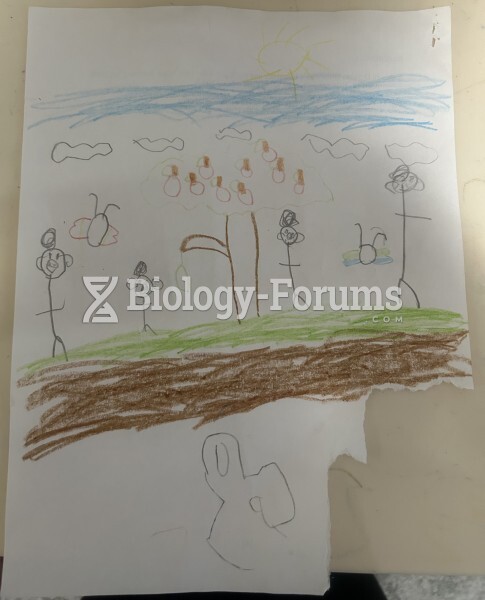Family violence and abuse prevention strategies are focused at three levels: the general population, specific groups thought to be at high risk for abuse, and families who have already experienced abuse. Public education and media campaigns aimed at the general population convey the criminal nature of domestic assault, suggest ways to prevent abuse (seek therapy for anger/jealousy/dependence), and identify where abuse victims and perpetrators can get help. However, to prevent or reduce family violence through education, elements of American culture that contribute to such violence must change. For example, violence in the media must be curbed or eliminated, and traditional gender roles and views of women and children as property must be replaced with egalitarian gender roles and respect for women and children. Another cultural change is to reduce violence-provoking stress by reducing poverty and unemployment and by providing adequate housing, nutrition, medical care, and educational opportunities for everyone. Though programs such as Aid to Families with Dependent Children (AFDC) and Special Supplemental Food Program for Women, Infants, and Children (WIC) were not designed to prevent domestic violence and abuse, they provide crucial assistance to low income families and thus support the functioning of these families. Integrating families into networks of community and kin would also enhance family well-being and provide support for families under stress. What social interventions are available for families that are already experiencing abuse or neglect? Abused women and children may seek relief at a shelter or a safe house for abused women. Shelters provide abused women and their children with housing, food, counseling services, legal assistance, employment assistance, and an environment that empowers women by encouraging them to make independent choices about their abusive relationships and about their future. Shelters also provide a communal living situation with other abused women, which reduces the sense of isolation and helps the women express their anger and overcome feelings of guilt and inadequacy. An alternative to shelters is a safe house, a private home of individuals who volunteer to provide temporary housing to abused women who decide to leave their violent homes. Battered men are not allowed to stay at women's shelters, but many shelters help abused men by providing money for a motel room, counseling, and support services. The last paragraph is organized by
a. defining the term safe house.
b. discussing the effects of family violence.
c. listing social interventions available to help abused women.
d. listing the order of events in helping abused women.
Question 2
Family violence and abuse prevention strategies are focused at three levels: the general population, specific groups thought to be at high risk for abuse, and families who have already experienced abuse. Public education and media campaigns aimed at the general population convey the criminal nature of domestic assault, suggest ways to prevent abuse (seek therapy for anger/jealousy/dependence), and identify where abuse victims and perpetrators can get help. However, to prevent or reduce family violence through education, elements of American culture that contribute to such violence must change. For example, violence in the media must be curbed or eliminated, and traditional gender roles and views of women and children as property must be replaced with egalitarian gender roles and respect for women and children. Another cultural change is to reduce violence-provoking stress by reducing poverty and unemployment and by providing adequate housing, nutrition, medical care, and educational opportunities for everyone. Though programs such as Aid to Families with Dependent Children (AFDC) and Special Supplemental Food Program for Women, Infants, and Children (WIC) were not designed to prevent domestic violence and abuse, they provide crucial assistance to low income families and thus support the functioning of these families. Integrating families into networks of community and kin would also enhance family well-being and provide support for families under stress. What social interventions are available for families that are already experiencing abuse or neglect? Abused women and children may seek relief at a shelter or a safe house for abused women. Shelters provide abused women and their children with housing, food, counseling services, legal assistance, employment assistance, and an environment that empowers women by encouraging them to make independent choices about their abusive relationships and about their future. Shelters also provide a communal living situation with other abused women, which reduces the sense of isolation and helps the women express their anger and overcome feelings of guilt and inadequacy. An alternative to shelters is a safe house, a private home of individuals who volunteer to provide temporary housing to abused women who decide to leave their violent homes. Battered men are not allowed to stay at women's shelters, but many shelters help abused men by providing money for a motel room, counseling, and support services. The author shows bias against
a. treating women and children as property.
b. safe houses for abused women.
c. educating the public about family violence.
d. WIC programs.






